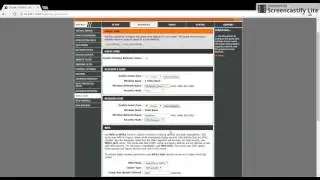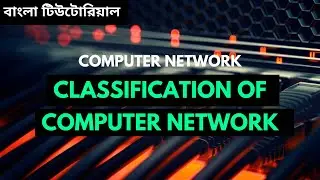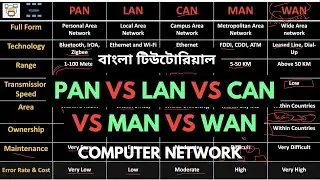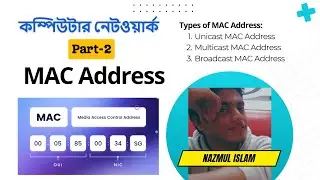Data Communications Basic In bangla | বাংলা টিউটোরিয়াল | 4 main characteristics of ডেটা কমিউনিকেশন.
Computer Network Playlist : • Computer Network In Bangla | কম্পিউটার নেট...
Wireless Network / Ad hoc Network Playlist : • [ওয়্যারলেস সেন্সর নেটওয়ার্ক] Wireless Sens...
Repeater in Computer Network : • Repeater in Computer Network in bangla | B...
Hub in computer network : • Hub In Computer Network in Bangla | Bangla...
Components of Data Communication System : • Components of Data Communication System in...
Switch in computer network : • Switch in Computer Network in Bangla | Ban...
Hub vs Switch : • Difference Between Hub And Switch | in Ban...
Bridges in computer network : • Bridges in Computer Network Bangla Tutoria...
DATA COMMUNICATIONS
When we communicate, we are sharing information. This sharing can be local or
remote. Between individuals, local communication usually occurs face to face, while
remote communication takes place over distance. The term telecommunication, which
includes telephony, telegraphy, and television, means communication at a distance (tele
is Greek for “far”). The word data refers to information presented in whatever form is
agreed upon by the parties creating and using the data.
Data communications are the exchange of data between two devices via some
form of transmission medium such as a wire cable. For data communications to occur,
the communicating devices must be part of a communication system made up of a combination of hardware (physical equipment) and software (programs). The effectiveness
of a data communications system depends on four fundamental characteristics: delivery, accuracy, timeliness, and jitter.
1. Delivery. The system must deliver data to the correct destination. Data must be
received by the intended device or user and only by that device or user.
2. Accuracy. The system must deliver the data accurately. Data that have been
altered in transmission and left uncorrected are unusable.
3. Timeliness. The system must deliver data in a timely manner. Data delivered late are
useless. In the case of video and audio, timely delivery means delivering data as
they are produced, in the same order that they are produced, and without significant delay. This kind of delivery is called real-time transmission.
4. Jitter. Jitter refers to the variation in the packet arrival time. It is the uneven delay in
the delivery of audio or video packets. For example, let us assume that video packets
are sent every 30 ms. If some of the packets arrive with 30-ms delay and others with
40-ms delay, an uneven quality in the video is the result.



















